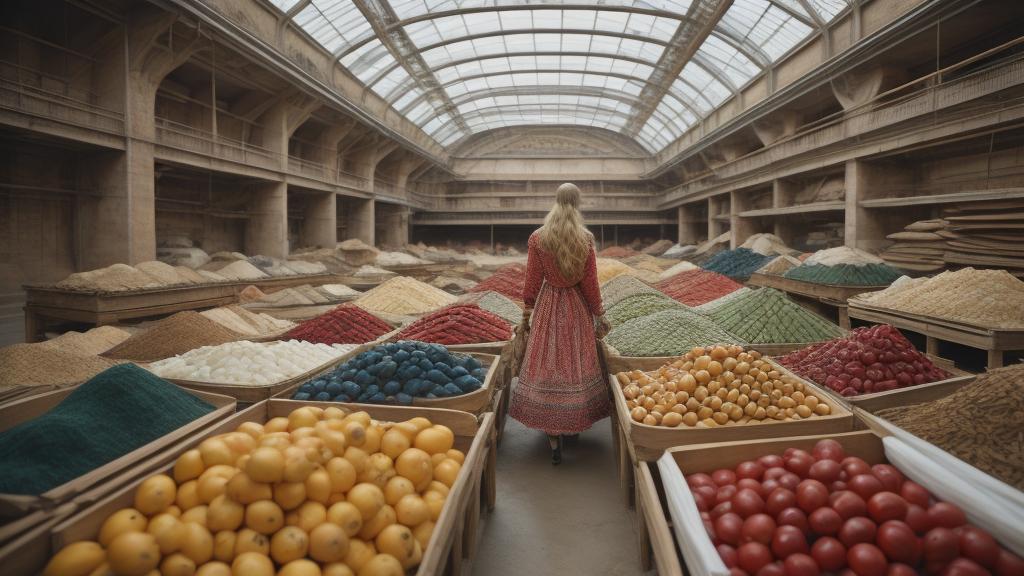In recent years, sustainable fashion has emerged as a significant trend in the fashion industry—a response to the growing awareness of the environmental impact and ethical considerations associated with traditional clothing production processes. As society becomes more eco-conscious, the pressure on fashion brands to adopt sustainable practices has skyrocketed. But what does 'sustainable fashion' truly entail, and how are forward-thinking brands leading this shift toward a more ethical production model?
Imagine walking into your favorite clothing store and finding a sleek blouse knowingly crafted from old fishing nets or a chic pair of boots made from plant-based materials. These aren't just dreams of the green-minded; they're realistic alternatives paving the way for a responsible fashion future. Yet, beyond the eco-fabrics and recycled threads are revolutionary strategies challenging the very backbone of how the fashion industry operates, from slow fashion movements to radical transparency along production lines.
Sustainability isn't just a marketing tactic for today's brands—it's an identity, a mission, reinforcing company values every step of the way. Take Everlane, for instance, with its radical transparency model that throws light on every nook and cranny of their supply chain, making sure customers know exactly where their money goes. Or Stella McCartney, who has long pushed boundaries by eliminating leather and promoting vegetarian designs. What we are witnessing is a transformation not just in the garments themselves, but in the core ideologies brands adopt.
However, such transitions come with challenges. Pioneering a sustainable approach often demands overhauling entire logistical setups and confronting higher production costs. This leads some to question if true sustainability is accessible only to high-end fashion houses capable of affording these changes. Nonetheless, there is a growing group of independent designers who embrace resourcefulness, see innovation in constraint, and manage to align ethics with aesthetics.
Additionally, strides in technology have prompted exciting developments. Blockchain, for example, offers the promise of comprehensive transparency, allowing consumers to verify sustainable claims through an immutable ledger. Meanwhile, advancements in textile innovation have allowed for biodegradable and recycled materials that sacrifice neither beauty nor function, offering viable alternatives to environmentally damaging options.
Consumer behavior has also started pivoting toward sustainability, instigated by influencers advocating for change, historical shifts in the zeitgeist, and younger generations that prize planet significance over disposability. Retailers notice trends of conscious buying, showing preference for garments that not only complement their wardrobes but also their values.
Beyond corporate efforts and grassroots innovation lies the untapped potential of legislative backing. Governments are gradually recognizing the significance of sustainable fashion, implementing policies that favor ethical production and penalize waste-causing practices. Such measures could further catalyze the industry's shift towards accountability and environmental responsibility.
Thus, sustainable fashion is no longer just about durable fabrics and green tags. It's about a paradigm shift—one that encompasses an alliance between designers, activists, and consumers working symbiotically. The dream is to blindfold the line between luxury and sustainability, painting the future of fashion with clean, ethically sound strokes. In this march towards change, each step needs collective consciousness and candid commitment, indicating that the future of fashion lies genuinely in our hands.
The evolution of sustainable fashion: beyond the buzzwords

